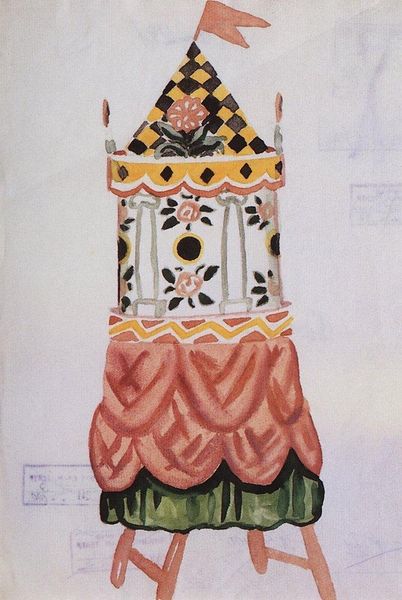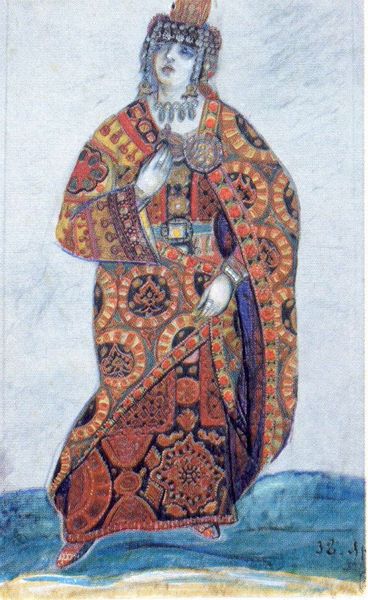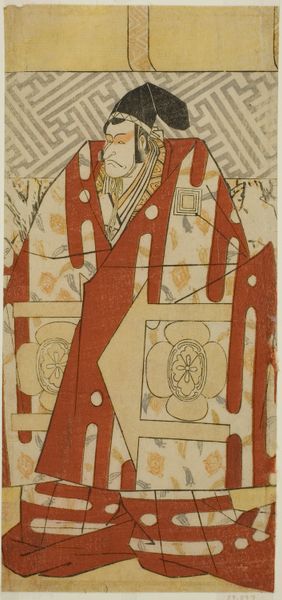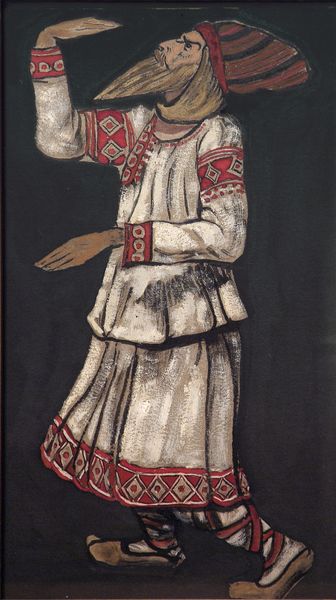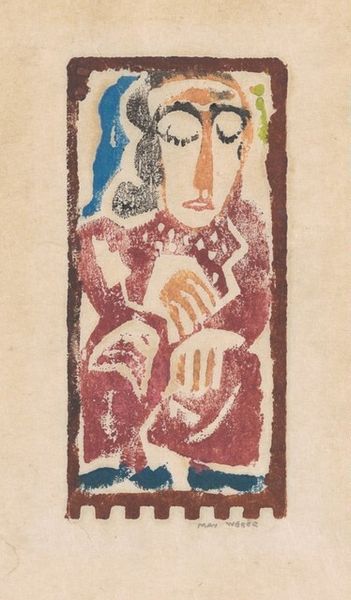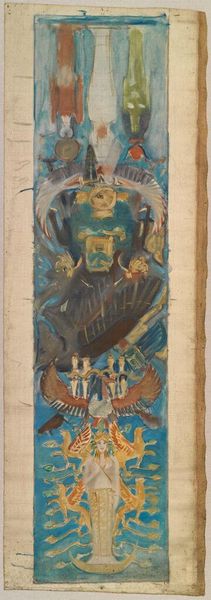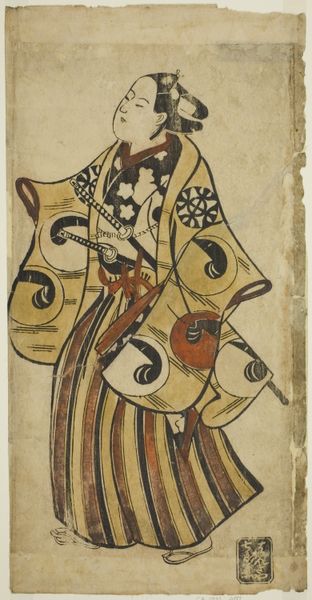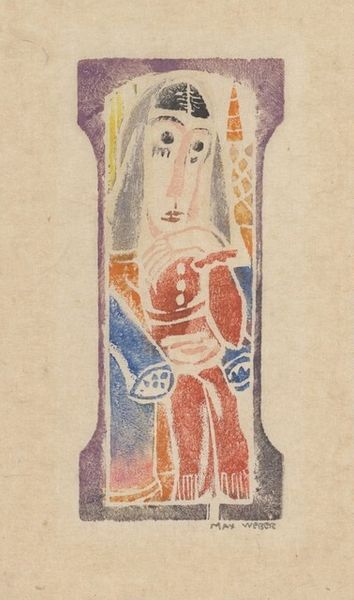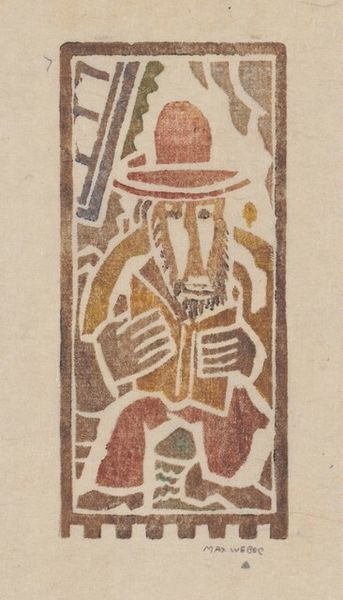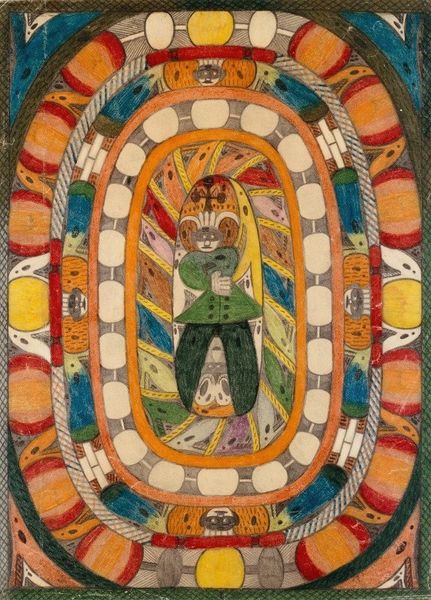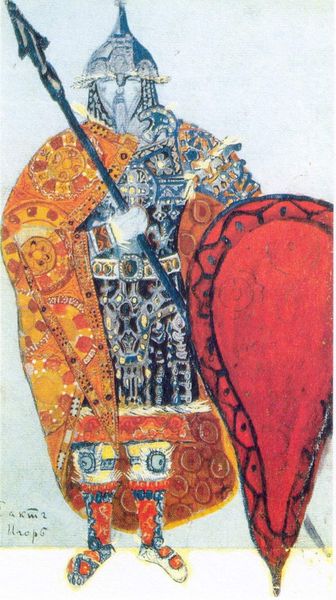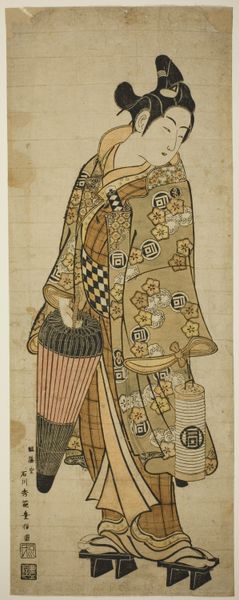
drawing, watercolor
#
portrait
#
drawing
#
art-nouveau
#
watercolor
#
coloured pencil
#
orientalism
#
watercolour illustration
#
watercolor
Copyright: Public Domain: Artvee
Editor: This is Léon Bakst's "Oriental Costume Design," made with watercolor and colored pencil. It’s very theatrical! The figure’s garments are elaborate and colorful, yet the face is so serious and stoic. How do you interpret this work within its historical context? Curator: This piece sits firmly within the Orientalist movement, a complex phenomenon shaped by Western Europe’s colonial gaze. Bakst was creating a fantasy, informed by second-hand accounts and artistic license, rather than reality. Do you think it accurately portrays Eastern cultures? Editor: Well, the "Oriental" label itself feels problematic today, as it flattens so many diverse cultures. And the exaggerated features in the design, like the upturned shoes and ornate robe, contribute to that exoticized image, don't they? Curator: Exactly. Consider that Bakst was designing for the Ballets Russes. The goal wasn't ethnographic accuracy, but spectacular visual appeal for a Western audience. The ballet was a site where Europe performed its understanding – and often misunderstanding – of other cultures. Can you see how this could be considered political? Editor: I see what you mean. It wasn't just about aesthetics, but about power dynamics and how the West perceived and represented the East. So this flamboyant costume is both art and a reflection of imperialist ideology? Curator: Precisely! And Bakst's popularity contributed to and benefited from the period’s socio-political currents. By understanding the art market, imperial power, and performance culture, one can have a better grasp on why this costume design achieved such fame. Editor: That’s really insightful. I never considered costume design in that light. This gives me a new way to analyze how historical narratives can be embedded in visual culture! Curator: Indeed, thinking about the role and meaning of the artwork within social and cultural environments should never be disregarded.
Comments
No comments
Be the first to comment and join the conversation on the ultimate creative platform.

